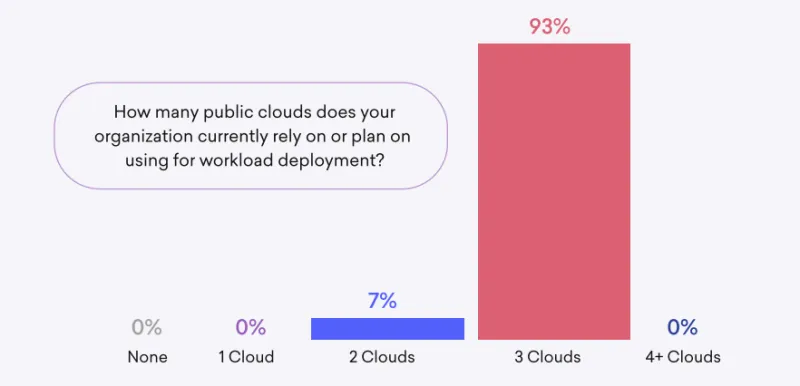Applications are increasingly built as discrete functional parts, each of which can be delivered as a container. That means for every application, there are more parts to manage. To handle this complexity at scale, teams need a policy-driven, automated solution that dictates how and where containers will run. Kubernetes is an open source, extensible container orchestrator designed to handle these challenges.
Pulse and Red Hat surveyed 100 enterprise tech leaders from multiple industries to find out what workloads they are deploying on containers and Kubernetes, and why and how they are deploying those workloads across hybrid cloud environments, including the usage of Kubernetes Operators and Helm charts to help achieve key business goals and objectives.
We've included some of the key findings below:
Tech Leaders are Deploying a Wide Variety of Mission-Critical Workloads on Kubernetes
The top workloads tech leaders are deploying on Kubernetes are databases or data cache (80%), data ingestion, cleansing, and analytics (66%), and logging and monitoring (60%). We asked participants:
"Which of the following workloads are you currently deploying on Kubernetes containers?"

The challenges most associated with modernizing existing and legacy applications are reducing the time and cost of modernization (57%), settling on the right approach (52%), and absence of knowledge of the legacy applications (50%). We asked participants:
"What challenges have you experienced, or do you foresee in the modernization of your existing/legacy applications?"

Respondents who have used Kubernetes tools such as Operators and Helm charts say they saved developers’ time and reduced the need for a larger team (61%) and automated updates and upgrades (54%). we asked participants:
"If using Kubernetes Operators and Helm charts, what benefits are you achieving?"

All respondents indicated they rely on multiple public clouds with 93% of tech leaders saying their organization relies on or plans to rely on three public clouds for workload deployment. The other 7% all indicate they are using two public clouds.

To see the full Infographic, click here.
Über den Autor
Jehlum is in the Red Hat OpenShift Product Marketing team and is very passionate about learning about how customers are adopting OpenShift and helping them do more with OpenShift!
Ähnliche Einträge
Ford's keyless strategy for managing 200+ Red Hat OpenShift clusters
F5 BIG-IP Virtual Edition is now validated for Red Hat OpenShift Virtualization
Can Kubernetes Help People Find Love? | Compiler
When Should Data Die? | Compiler
Nach Thema durchsuchen
Automatisierung
Das Neueste zum Thema IT-Automatisierung für Technologien, Teams und Umgebungen
Künstliche Intelligenz
Erfahren Sie das Neueste von den Plattformen, die es Kunden ermöglichen, KI-Workloads beliebig auszuführen
Open Hybrid Cloud
Erfahren Sie, wie wir eine flexiblere Zukunft mit Hybrid Clouds schaffen.
Sicherheit
Erfahren Sie, wie wir Risiken in verschiedenen Umgebungen und Technologien reduzieren
Edge Computing
Erfahren Sie das Neueste von den Plattformen, die die Operations am Edge vereinfachen
Infrastruktur
Erfahren Sie das Neueste von der weltweit führenden Linux-Plattform für Unternehmen
Anwendungen
Entdecken Sie unsere Lösungen für komplexe Herausforderungen bei Anwendungen
Virtualisierung
Erfahren Sie das Neueste über die Virtualisierung von Workloads in Cloud- oder On-Premise-Umgebungen
